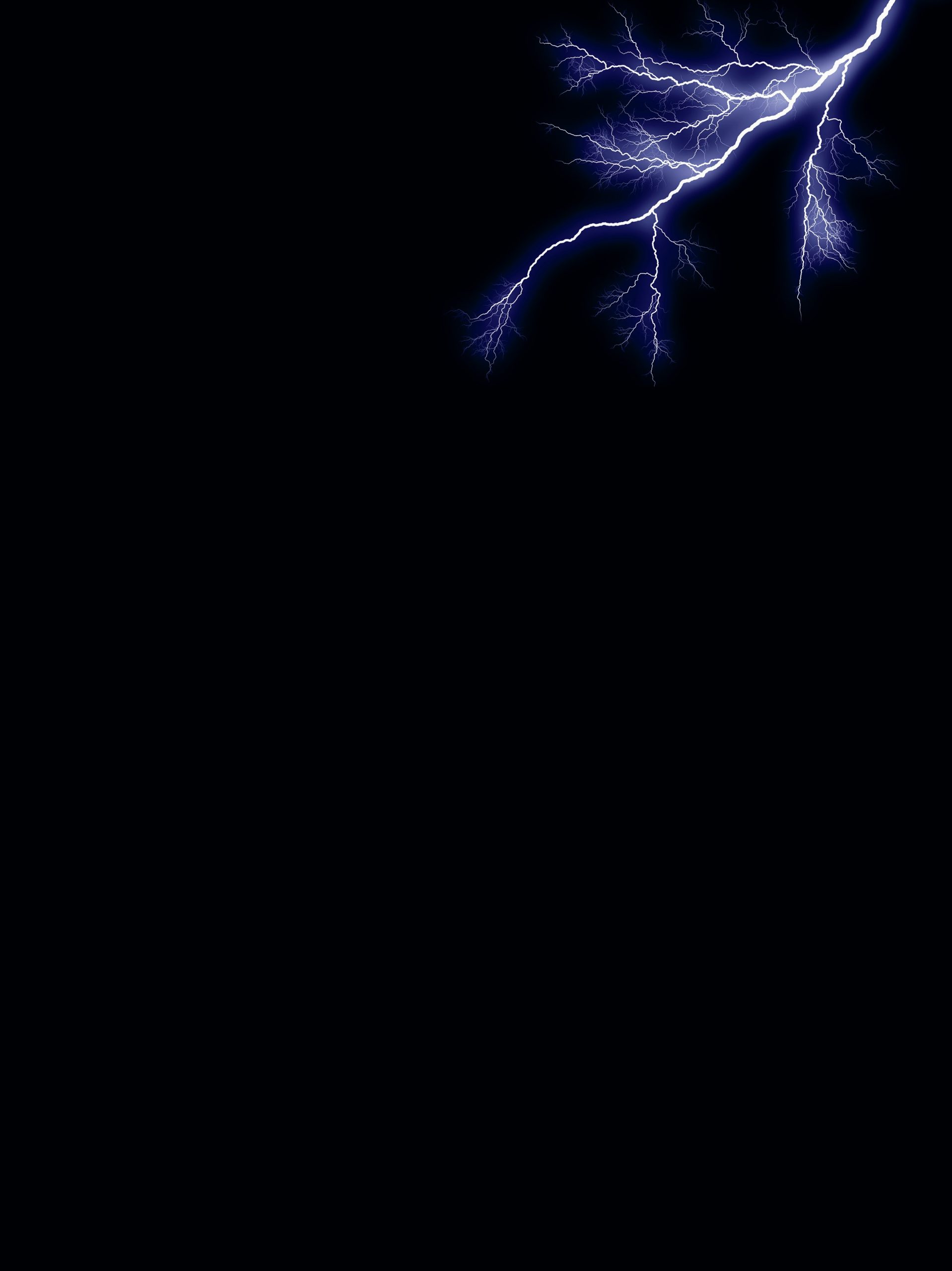
Whether they’ve read it or not, everybody knows the story of Frankenstein (1818). A mad scientist makes a monster; the monster runs amok; much horror ensues. The story is not just well known, it might be the most well-known story in the entire Gothic genre. As Stephen T. Asma argues, the Creature ‘may be the most famous monster of the last two centuries’ (Asma 2009, p.151).
It is hard to read a text without prejudice. This is even harder when what you’re reading is loaded by the interpretive baggage of two centuries. But, put aside all those films and images from popular culture and the baggage still weighs heavily. Look at your edition of the novel. What does the cover show? I suspect something like a moonlit creator, a monstrous Creature, a bolt of lightning or a scary-looking title in a Gothic font. And (after any scholarly introduction) what is the first part of the text that you read? I’m guessing it’s the 1831 introduction by Mary Shelley. Written 13 years after the novel’s original publication in 1818, it narrates an account of the night when Lord Byron, his personal doctor, John Polidori (who, with The Vampyre in 1819, unleashed another notable monster), Percy Shelley and Mary told ghost stories during a storm. This was when, like a bolt from above, she was struck by the vision of a ‘hideous phantasm of a man’ and ‘the pale student of unhallowed arts’ who had made him.
Your organisation does not have access to this article.
Sign up today to give your students the edge they need to achieve their best grades with subject expertise
Subscribe




